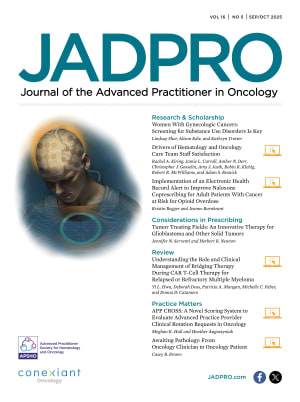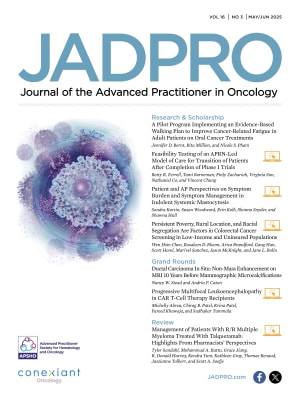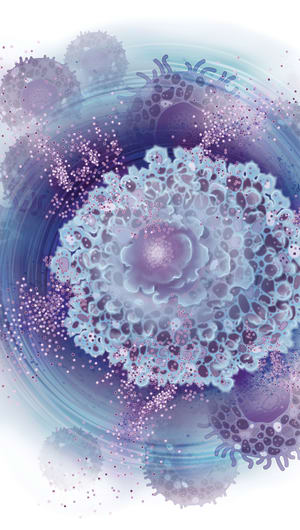Abstract
In the year 2020, it is estimated that office waiting rooms will overflow by 9.5 to 15 million oncology patient visits, and there may be no practitioner available to see them (Erikson, Salsberg, Forte, Bruinooge, & Goldstein, 2007). While this may feel like job security for current health care providers, this shortage of oncology practitioners could potentially affect patient outcome. A study commissioned by the American Society of Clinical Oncology (ASCO) projects that the demand for oncologist visits will increase 48% by the year 2020, but the visit capacity is expected to increase by only 14% (Association of American Colleges, 2007). Many reasons are cited for this shortage, including aging of the population, increasing number of cancer survivors, and expanding treatment options that require an increased frequency of visits. One of the proposed solutions to meet this challenge is the increased use of nurse practitioners (NPs) and physician assistants (PAs; Erikson, Salsberg, Forte, Bruinooge, & Goldstein, 2007). hereafter, this group of NPs and PAs will be referred to as advanced practitioners, or APs.







